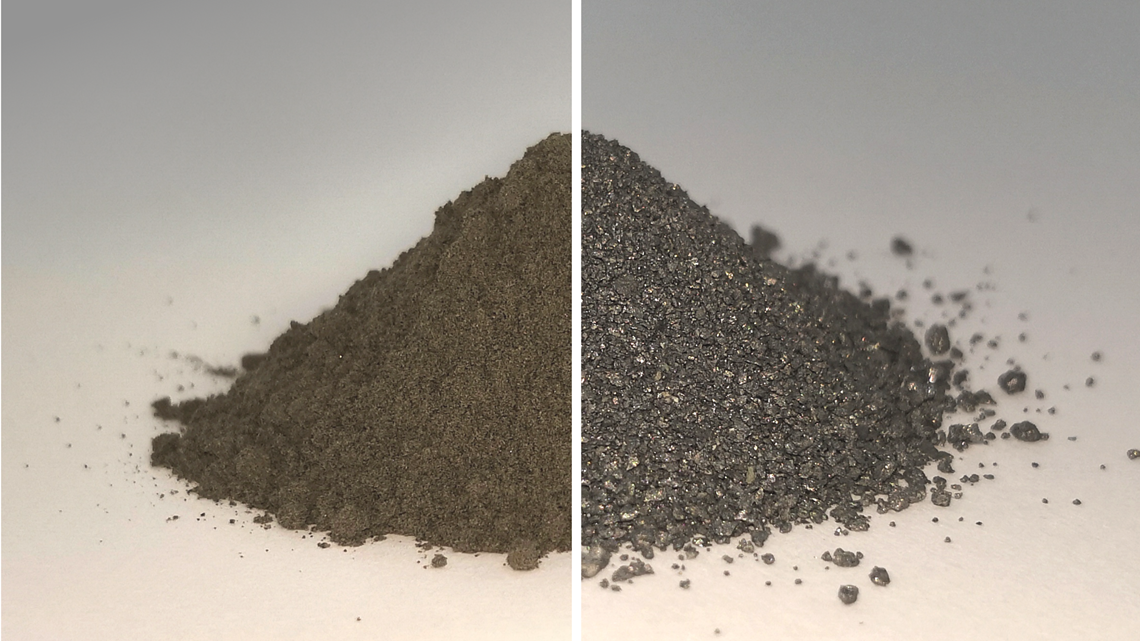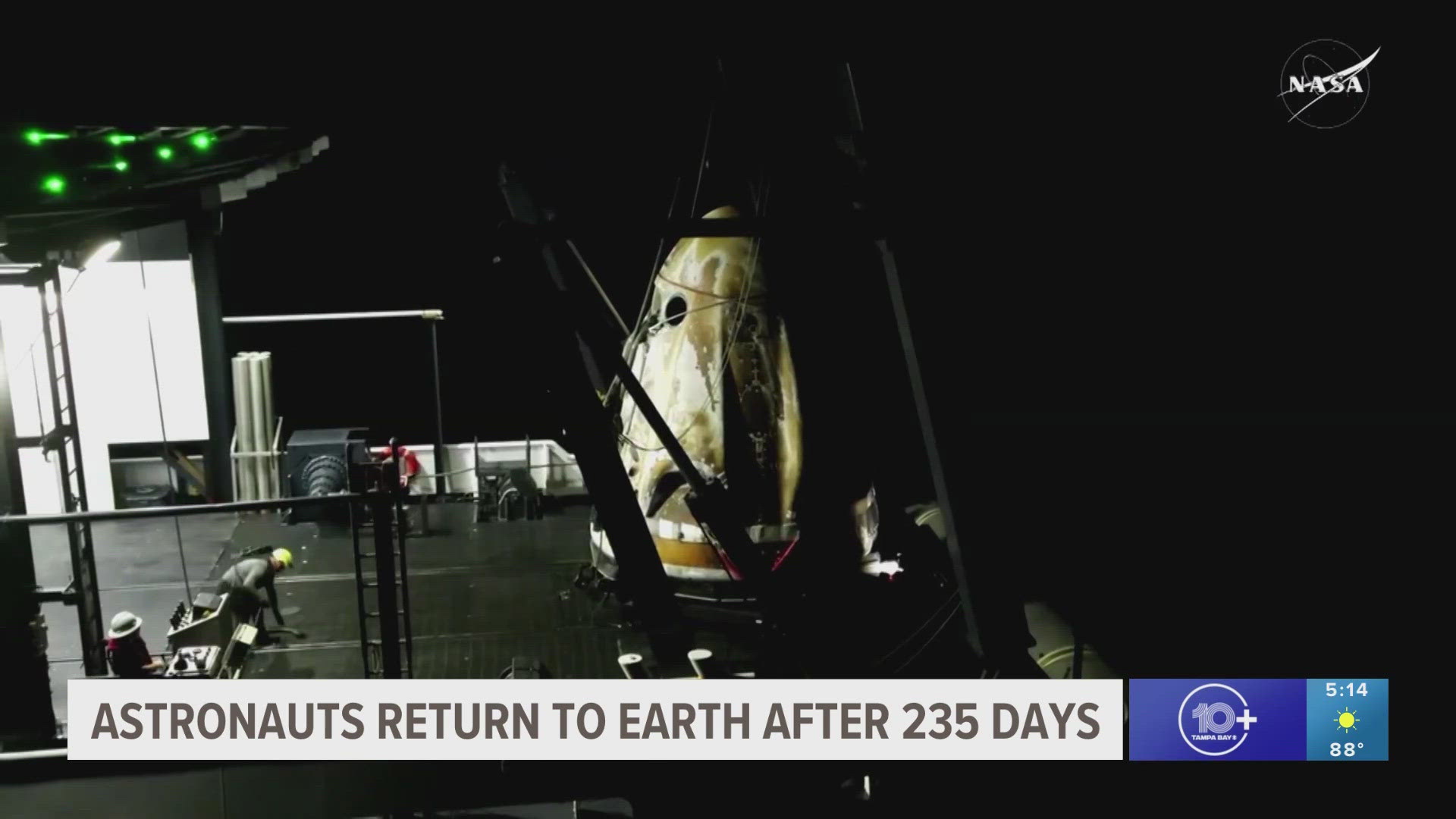Scientists say they've found a way to make oxygen out of Moon dust -- a big step toward the possible future of human settlement on the Moon.
The European Space Agency said it has opened an oxygen plant at the Materials and Electrical Components Laboratory in the Netherlands, focusing on extracting oxygen from simulated moon dust.
"Being able to acquire oxygen from resources found on the Moon would obviously be hugely useful for future lunar settlers, both for breathing and in the local production of rocket fuel," Dr. Beth Lomax, from the University of Glasgow, said in a release.
The Moon actually has a large supply of oxygen. It's just not in the atmosphere like here on Earth. Lunar regolith, a mixture of loose dust and dirt covering solid rocks, is made up of 40-45 percent oxygen, the ESA said.
This oxygen, scientists say, is chemically bound up as oxides like minerals or glass. So, it can't immediately be used for breathable air or fuel.
To extract the oxygen, ESA researchers used a method called molten salt electrolysis. The lunar regolith is placed in a metal basket with molten calcium chloride salt and heated to about 1,742 degrees Fahrenheit.
At this point, the regolith is still solid, but an electrical current is applied and extracts the oxygen. Scientists say this method also produces a bonus: usable metal alloys.


The ESA and NASA are both planning to return to the moon, so researchers' ultimate goal is to have a "pilot plant" on the lunar surface. That could happen as early as the mid-2020s.
"We are working with our colleagues in the Human and Robotics Exploration Directorate, European industry and academia to provide top class scientific approaches and key enabling technologies like this one, towards a sustained human presence on the Moon and maybe one day Mars," Tommaso Ghidini, head of ESA's Structures, Mechanisms and Materials Division, said.
What other people are reading right now:
- Photos: Frozen iguanas fall from trees in Florida as cold weather grips state
- When iguanas fall from trees, some Floridians fire up their grills
- Inmate seen on video assaulting deputy at Hillsborough County jail
- Senate impeachment trial resumes with opening statements
- Passenger falls from the 10th-story deck of a cruise ship in Puerto Rico: report
- Attention viewers: WTSP is undergoing planned work on our tower





